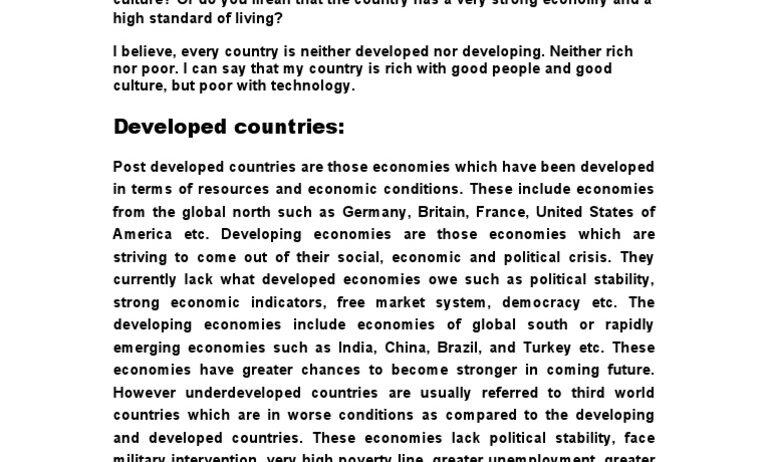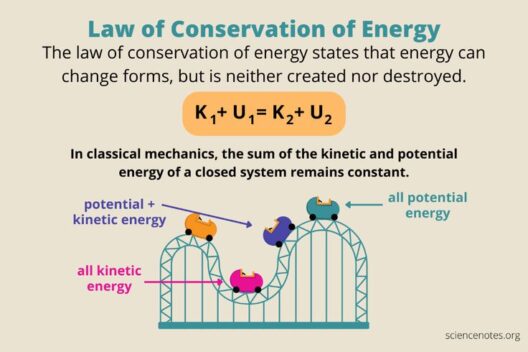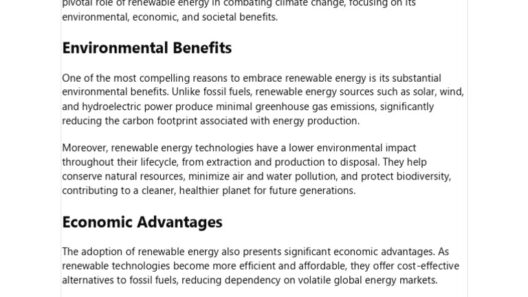The landscape of global warming resembles a massive chessboard, where the intricacies of each move reflect the contrasting dynamics of developed and developing countries. The implications of these moves reverberate across continents, impacting the planet’s climatic future. This piece delves into the nuanced distinctions between developed and developing nations regarding their contributions and responses to global warming, intertwining statistics and ethical considerations to create a comprehensive tableau.
To embark on this exploration, it is paramount to grasp the historical context. Developed countries, often dubbed as industrialized nations, have been playing an extended game of chess on this board. Their advancement was fueled by the combustion of fossil fuels, driving economic growth for over a century. Industries bloomed like perennial flowers, releasing carbon dioxide and other greenhouse gases (GHGs) as byproducts. In contrast, developing countries have recently joined the game, entering the board with much fervor and ambition, but their pieces are fewer and experience limited opportunities for strategic plays.
The disparity in emissions between developed and developing nations is staggering. For instance, countries like the United States and Germany, with their substantial industrial frameworks, remain among the highest per capita emitters of CO₂. Contrastingly, nations such as India and Indonesia, with burgeoning populations and developing economies, still contribute lower emissions per capita despite experiencing significant industrial growth. Here, the metaphorical scaffolding of the chessboard becomes evident: developed nations have built grand structures benefiting from decades of growth, while developing countries are still in the midst of erecting their own.
This dichotomy extends beyond mere figures; it incorporates the ethical implications of climate change responsibilities. Developed nations, historically the culprits of the climate predicament, bear moral responsibility towards the developing world. The concept of “climate debt” resonates strongly in this dialogue, highlighting how wealthier nations owe support to those struggling against the adverse effects of climate change. The metaphor of an unlevel chessboard becomes even more pronounced as millions in developing countries bear the brunt of climate-induced phenomena such as droughts, floods, and rising sea levels, despite their minimal contributions to the problem.
Additionally, the adaptive capacity of these regions varies significantly. Developed nations often possess robust infrastructure and financial resources, equipping them with better tools for climate resilience. They can invest in renewable energy technologies, retrofitting aging infrastructure to withstand climate changes and enhancing public transportation to reduce reliance on fossil fuels. In stark contrast, many developing countries grapple with economic challenges that limit their adaptive capabilities. Governments may struggle to divert funds from pressing issues such as poverty alleviation and education towards climate adaptation strategies. As a result, these nations often become vulnerable pawns in the narrative of global warming, facing existential threats without adequate resources to combat them.
Turning the chessboard, one observes the roles that different policies and frameworks play in shaping responses to climate change. The Paris Agreement, forged to unite global citizens under a single banner, illustrates an intersection of interests. Developed nations committed to climate financing for developing nations, and while progress appears in fits and starts, the pace remains sluggish. Often, political interests overshadow the urgent need for solidarity. Developing countries, therefore, find themselves in an intricate dance, advocating for their development while simultaneously urging wealthy allies to fulfill their commitments to mitigate environmental degradation.
Crucially, the role of innovation cannot be overlooked in this stark delineation of responsibilities and impacts. Developed nations have the capacity to lead in green technologies, from solar to wind energy. Their advancements can significantly lower emissions, curtailing the path towards catastrophic climate scenarios. Conversely, many developing nations are already poised to leapfrog conventional energy sources, embracing distributed generation and sustainable practices out of necessity. The renewable energy landscape in countries such as Kenya illustrates a renaissance of sorts, where solar energy solutions have begun to translate into tangible improvements in rural electrification. This metamorphosis signals potential success but comes tethered to the constant challenge of securing investment and expertise from developed counterparts.
The heart of the matter lies in the interconnectedness of our collective future. The chessboard of climate change necessitates collaboration rather than competition. The Global South’s journey for sustainable development should not be viewed as an impediment but as a critical opportunity for all. Sustainable practices being nurtured in developing countries can yield strategies that benefit global communities, providing innovative pathways that wealthy nations might adopt. Addressing climate change requires a concerted effort; it is a rallying cry for unity across borders, recognizing that the ultimate endgame is the preservation of human life and the biosphere.
In conclusion, the divergences between developed and developing nations regarding global warming impact are profound and multifaceted. While industrialized nations have historically been the dominant players on the climate change chessboard, developing countries are swiftly redefining their roles. The moral and practical implications of this dynamic call for an awakening to shared responsibility and an unwavering commitment to fostering resilience in the face of inevitable climate challenges. The time has come to blend our strategies, hash out new alliances, and advance towards a more sustainable and equitable world where every piece—every nation—has a pivotal role in shaping the future of our planet.







